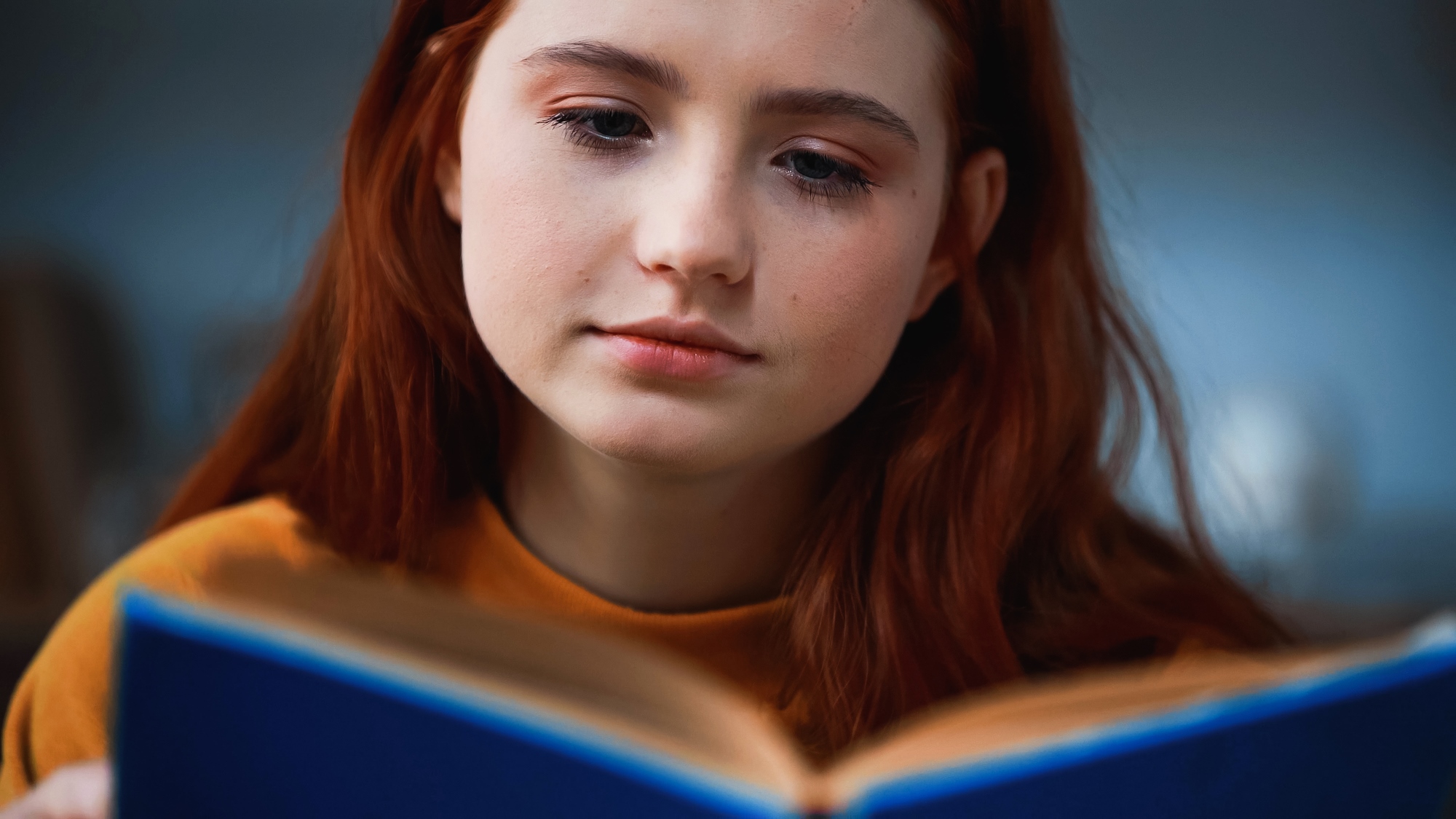Did you read a lot as a kid?

When you were a kid, you likely had some peers who always had their noses in books. They got in trouble with teachers for reading in class, and read under their covers with flashlights well after bedtime. Well, those kids grew into adults who generally share the following traits.
1. They still read voraciously.

Those who were bookworms as children inevitably remain voracious readers when they reach adulthood. The love of reading that they developed early on in life simply intensifies as they get older. Many of them will have extensive libraries, and just about all of them will set aside reading time daily.
2. They have extensive vocabularies.

Those who read a lot as children often kept a dictionary (or app) close at hand to be able to look up words they were unfamiliar with. As such, they developed vocabularies far beyond their grade level. In adulthood, they’re likely to use more obscure words like “obstreperous” or “metanoia” in casual conversation.
3. They find comfort in silent solitude.

Most avid bookworms have difficulty reading in chaotic environments: it’s far more comfortable to read in near silence, or with ambient sound such as a crackling fire. Those who read a great deal growing up are rarely uncomfortable with silence, as it’s the foundation for their greatest, and most beloved passion.
4. They can empathize with others.

When a person reads another’s story—even if it’s fictional—they put themselves into that character’s shoes and empathize with their experiences. This translates very well to real life, because they’re able to understand the difficulties that those around them may be facing, even if they’ve never experienced them firsthand.
5. They have an excellent memory.

Most childhood bookworms end up having fantastic memories as adults. After all, with every book they read they had to remember a new cast of characters, as well as location names, events that were unfolding, and clues that helped them figure out mysteries. Remembering all these details can build strong, healthy neural networks!
6. They build up a wide spectrum of knowledge.

Bookworm kids often inhale novels and works of non-fiction in a wide variety of different genres. By adulthood, they undoubtedly amassed a startling amount of knowledge: they may be as well-versed in linguistics as they are in paleontology, and can also rattle off a full list of literary characters and the plants that inhabit their respective worlds.
7. They have honed their ability to focus.

We live in a jolts-per-minute era in which many people need constant dopamine hits to remain engaged in anything. Furthermore, they may get bored and check out if they have to read anything longer than 50 characters. In contrast, childhood bookworms can remain focused and immersed for hours at a time.
8. They possess excellent writing skills.

Most of us are influenced on some level by the media we consume. As such, those who have been avid readers since early childhood often draw from the books they’ve devoured to influence their own writing. This generally results in excellent writing and storytelling skills, leading many bookworms to careers as authors or journalists.
9. They are confident in discussing a wide range of topics.

Since they’ve immersed themselves in various subjects for many years, they’re quite confident with the knowledge they’ve amassed and can easily discuss it with others. Even those who may feel shy or socially awkward will often come out of their shells and shine when their niche interests are being discussed.
10. They prefer to communicate via text rather than verbally.

Those who read a great deal as children tend to be more comfortable with the written word in adulthood than they are with verbal communication. As such, they tend to prefer to discuss things with others via text (or even handwritten letters) than having discussions—either over the phone, or in person.
11. They are often hypersensitive to sound.

Reading requires concentration and immersion, and avid childhood readers often get startled or annoyed by noises around them. This can evolve into hypersensitivity to sound in adulthood. As a result, many of them prefer soft, quiet environments and seriously dislike (or even feel pain from) noises such as banging or beeping.
12. The ability to envision things easily (i.e. a vivid visual imagination).

Someone once described the act of reading as: “staring at slices of marked tree for hours on end, hallucinating vividly”. People who were bookworms as children developed powerful visual imaginations, which allow them to “see” things easily in their mind’s eye—a skill that’s invaluable for countless different career paths and life experiences.









